© Abramson Math, 2022
Math teachers and parents always ask themselves:

We asked these questions of Yakov Abramson — one of the most famous Russian math educators, who developed his own methodology for teaching math, which has been implemented for over thirty years.
Below, you can find articles and guides that we recommend for those parents who do not only want to teach their children how to count but seek to develop their creative and systemic thinking and nurture their interest in problem-solving.
Below, you can find articles and guides that we recommend for those parents who do not only want to teach their children how to count but seek to develop their creative and systemic thinking and nurture their interest in problem-solving.
Yakov Abramson’s recommendations
“How does Abramson Math help you learn math?”>>
“How does Abramson Math help you learn math?”>>
What can low-quality thinking lead to?
- People with low-quality thinking are not only bad leaders but also bad executives. They set goals incorrectly and misunderstand them.
- They do not see short ways to achieve their goals.
- They get the same result as people with high-quality thinking, but for a higher price.
- They make wrong estimates and consequently make wrong choices. As a result, they use losing strategies.
- They cannot see a profit when it is right in front of them.
- They underestimate the danger and get themselves in trouble.
- It takes them a long time to learn. There is chaos in their heads. They cannot use the information that they already have to their advantage.
- They cannot prioritize
- People with low-quality thinking cannott set the right goals for themselves and sometimes lose years of their lives because of that.
- They are attracted by the traps set by others: lotteries, “easy pleasures”, and other manipulations.
- When in a relationship, these people can’t find mutually profitable solutions. Many of them do not know that you can gain without losing.
- They cannot effectively resolve conflicts
- They fail to understand how big systems work — state, society, systems of communication, scientific systems, economy… And consequently, fail to use available mechanisms to their advantage.
- Their forecasts tend to be wrong.
- They cannot systematize information. Consequently, it is hard for them to work with information, and it takes them a long time to find the answers even for simple questions.
- They do not feel at ease solving work-related or even household-related problems. They often make unforced errors.
- They often give up too fast.
- They have problems in communication as they fail to look at the situation from all angles, as well as from subsystem and supra-system levels.
- They spend a lot of effort in vain.
- They do not have model thinking, and therefore they are limited in creativity.
- They are less happy because they see the world as complicated and incomprehensible.
Through different formats of math learning, students discover patterns and deduce formulas by themselves.
By constantly mastering new algorithms and solving new problems students have to orient themselves in unfamiliar situations. These include fundamentals of combinatorics, the theory of groups, rings, linear algebra, projective geometry, and topology.
By mastering different methods of solving different types of problems, including, computational, algorithmic, logical, constructive, and so-called "non-standard" problems.
By solving problems beyond the standard school math curriculum, easy mastering the ideas that are inaccessible to most people, even with a technical background.
Abramson Math — free lesson
For children 6+ years old and their parents. In the first lesson, your child with your help will learn about numeral systems, how binary, ternary, and other numeral systems are organized, and how to convert numbers from the binary system to the decimal one and back.
Articles and books by Yakov Abramson
ON THE CONTENT AND METHODS OF TEACHING MATH IN ELEMENTARY SCHOOL FOR GAT STUDENTS in the Proceedings of the PME and Yandex Russian conference (p.243): Technology and Psychology for Mathematics Education
[Electronic Resourсe] / ed. by A. Shvarts ; Nat. Research Univ. Higher School of Economics.— Moscow: HSE Publishing House, 2019. See also on website
[Electronic Resourсe] / ed. by A. Shvarts ; Nat. Research Univ. Higher School of Economics.— Moscow: HSE Publishing House, 2019. See also on website
Abramson Math — free lesson
For children 6+ years old and their parents. In the first lesson, your child with your help will learn about numeral systems, how binary, ternary, and other numeral systems are organized, and how to convert numbers from the binary system to the decimal one and back.




